How taking action to reduce your material footprint can impact the climate and society
Our material footprint (the amount of primary materials needed to meet the basic needs for food, clothing, water, shelter, infrastructure and other aspects of life) increased by 17.4% from 2010 to 2017. Chemistry has a vital role to play in helping us reach a sustainable position for the future – and so do you!
The resources provided will help you engage your 14–16 learners in the pressing issues of material consumption and production, and suggest ways they can make a difference.
Learning objectives
- Learners can reflect upon their individual actions to determine how they could reduce consumption of materials.
- Learners understand the impact these individual actions can have on the climate and society.

Sustainability in chemistry
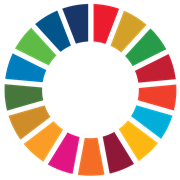
This resource accompanies the Education in Chemistry article Teach your students about sustainable production and consumption where you will find more support and suggestions for how to connect your current chemistry teaching with UN sustainable development goal 12: ensure sustainable consumption and production patterns. Link directly to the goal to give this activity an engaging and relevant context.
The tasks
Task 1 – Learners work through a list of individual actions that help to support sustainable consumption and production patterns. They are asked to consider the impact of each action and whether they would commit.
Task 2 – Learners link each of these actions to data on global greenhouse gas emissions by sector.
There are several ways to set this activity up with your class, for example:
- Learners choose one of the actions to research.
- Set up as a group exercise and then each group presents back to the class.
- You could incorporate a poll, eg a Kahoot quiz, to see what members of the class think.
- Adapt presentations or polls for an assembly to expand the polling to the whole school.
Differentiation, data and discussion
- Some learners may need a little prompting with some of the statements – the guidance sheet provides links to articles and infographics where they can find out more.
- The infomation in the table in the teacher notes will help you to point your learners in the right direction.
- The second task allows learners to interpret data from a pie chart as well as have a discussion around the difficulties with interpreting data for such a complex issue.
- A class discussion around any issues relating to the individual actions is a great opportunity to listen to their concerns and to understand their views.
Link sustainable water management to your lessons on sustainable consumption and enhance your teaching in this topic area with the SDG 6 (ensure availability and sustainable management of water and sanitation for all) article in this series.
Find more resources
- Use this UN infographic outlining some key statistics as a starter slide in your lessons.
- Help create context with a starter slide showing how plastic waste is being converted into fuels.
- Link to a careers video for a research innovations manager in the age of ‘fighting plastics’; find more inspiration with our Fixing the future video.
- How to dissolve a tree provides you with a grounding in the many uses of biomass, with discussion starters, scaffolds and structure strips to develop your 11–14 learners’ evaluation and writing skills.
Downloads
Sustainable consumption (individual action): teacher notes
Handout | PDF, Size 0.18 mbSustainable consumption (individual action): teacher notes
Editable handout | Word, Size 0.14 mbSustainable consumption (individual action): student worksheet
Handout | PDF, Size 0.4 mbSustainable consumption (individual action): student worksheet
Editable handout | Word, Size 0.4 mb














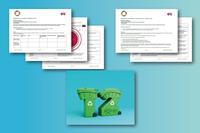
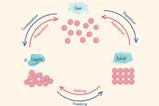
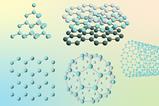
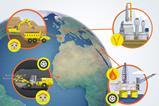






No comments yet